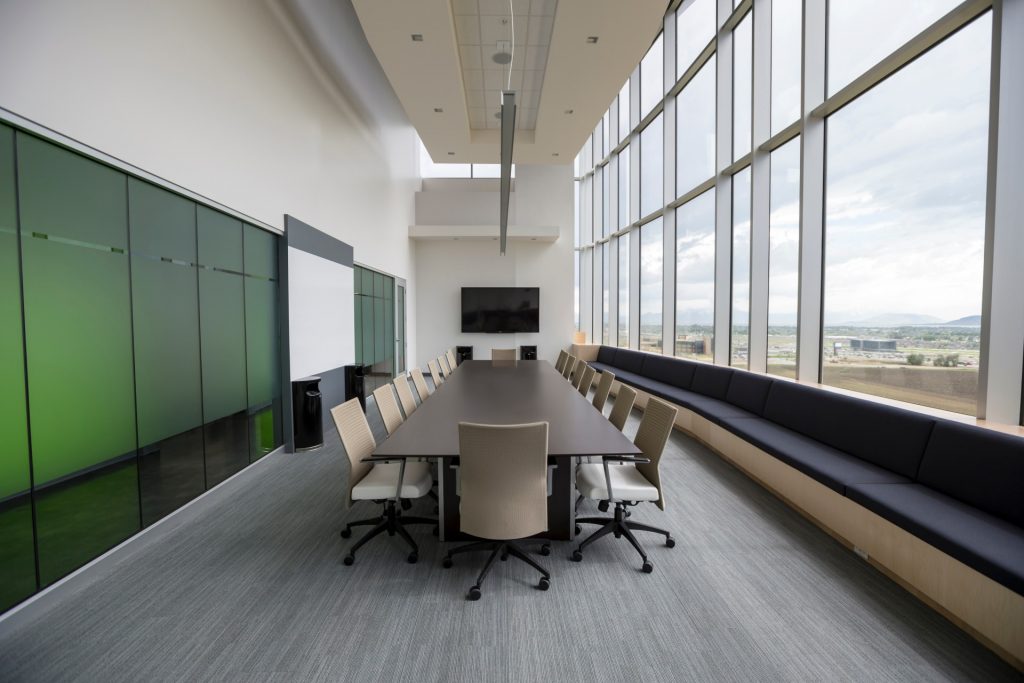With summer fast approaching, offices across Australia will soon be firing up the air-conditioners for staff members to keep their cool. But did you know, not only does improper air-conditioning ramp up office energy costs, the temperature of a workplace also affects productivity?
Here is the guide for office air-conditioning practice this summer.
The comfort
The temperature of a workplace has major impacts on the comfort and productivity of workers. If it’s too hot staff are likely to feel tired, sluggish and complain of a stuffy environment. Too cold and they will feel stiff, distracted and irritated.
It’s not just the temperature either – humidity also plays a role. Too little it will leave staff prone to irritations caused by dryness, too much and they’ll be either hot or cold and clammy.
But finding the right temperature to suit a large number of individuals is a challenge, particularly in expansive buildings where conditions may vary depending on sunlight, drafts and vent positioning.
The guidelines
Office temperatures have become an increasing bone of contention for staff in recent years, with thermal comfort a key issue being addressed by SafeWork Australia.
The recommended temperature for office work and sedentary activities is between 20 and 26 degrees, depending on the season and your office environment. When employees are wearing winter clothes that temperature range is more like 20 to 24 degrees, and in summer, when attire is lighter, the preferred air-conditioning temperature is 23 to 26 degrees.
Meanwhile the optimum humidity level is about 40% depending on external conditions.
There are also a number of measures that an employer can implement to help best employ that temperature control and minimise variations.
These include:
- Controlling direct sunlight with blinds, window tinting, louvres or shades
- Avoiding having vents directly above desks
- Utilising deflectors to channel airflow away from staff
- Ensuring adequate but not extreme airflow throughout the office
The costs
Commercial buildings and offices consume the largest amount of electricity in Australia, accounting for 39 per cent of energy usage, and heating and cooling is a major factor in this consumption.
It’s an expense that could be reduced by up to $100 million nationwide according to a data released by commercial real estate services firm Savills Australia.
In an interview with news.com.au Savills head of research Tony Crabb noted recent studies indicated if business stopped setting their temperatures at a standard 22 degrees, and instead altered it between 19 and 25 degrees depending on external conditions, the energy costs of a nation would dramatically reduce.
The solution
Not only will modern and well-maintained air-conditioning help lower costs, it can also impact office productivity and comfort.
For more information on how you can save on your electricity bill this summer, contact Radi Electrical here



